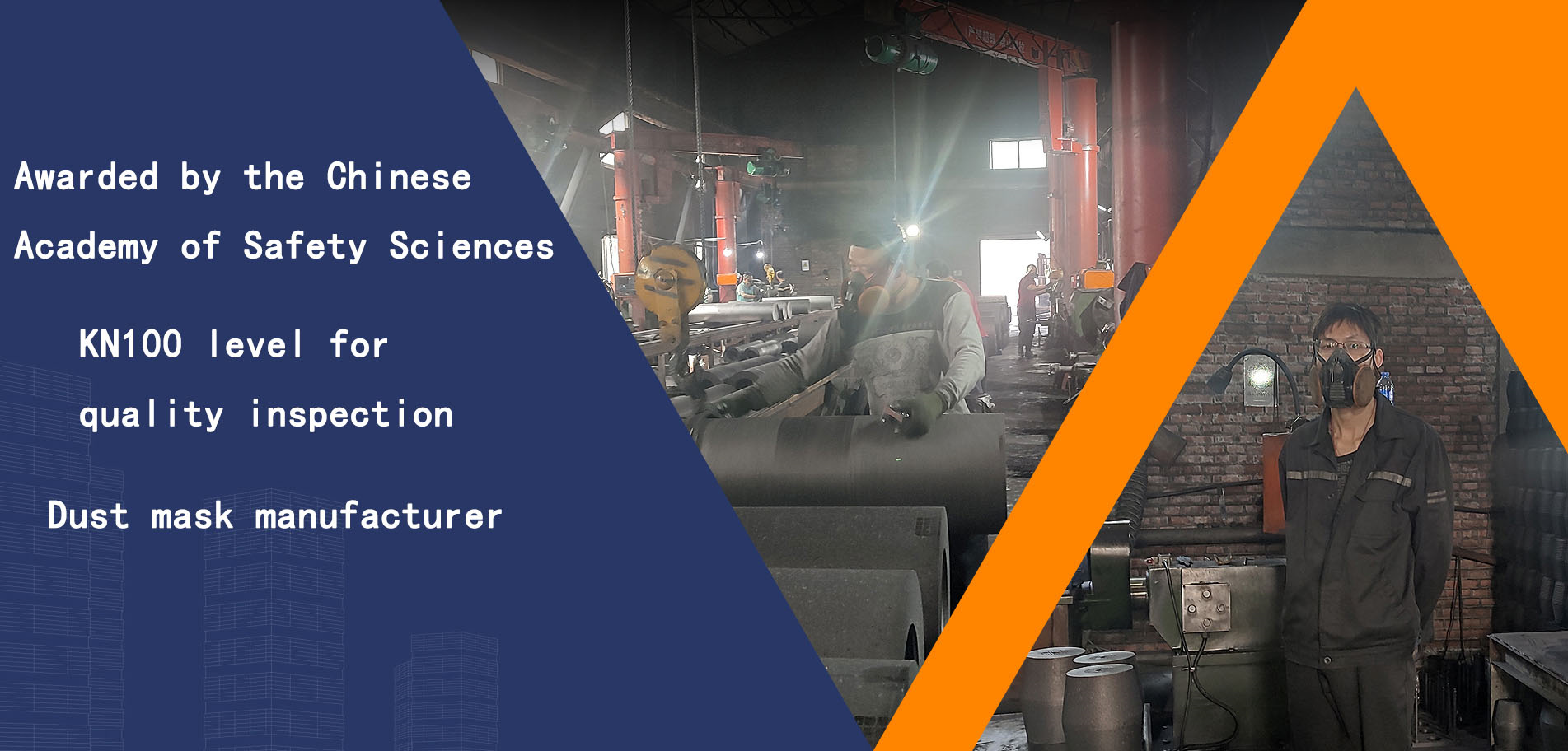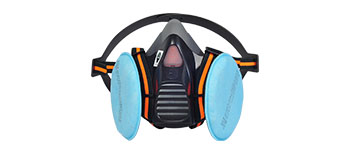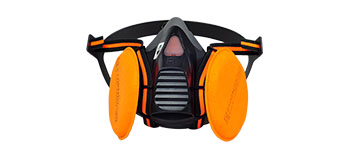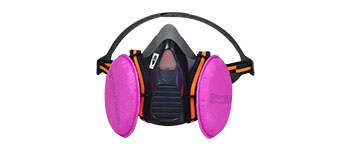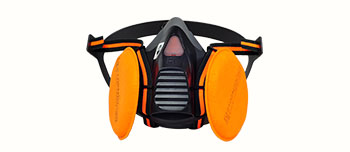How Carving Workers Should Choose Dust Respirators
Carving—whether working with wood, stone, or other materials—generates significant amounts of fine dust that can pose serious risks to respiratory health. Inhaling these particles over time may lead to irreversible occupational diseases such as silicosis, asthma, lung fibrosis, or even cancer. Therefore, selecting an effective dust respirator is not optional—it’s essential for long-term health and safety.
For carving professionals, choosing the right respirator involves careful consideration of several key factors:
1. Look for Key Certification Standards
This is the most critical step. Not all masks offer real protection. Cloth masks, surgical masks, or simple dust masks are not suitable for carving dust.
China GB2626-2019 Standard: This is the mandatory respiratory protection standard in China. Always choose respirators clearly marked with this standard. It classifies filtration efficiency for non-oily particles (like wood and stone dust) into three levels:
KN90: ≥90% filtration efficiency.
KN95: ≥95% filtration efficiency. This is the most common and recommended level for carving work.
KN100: ≥99.97% filtration efficiency. Suitable for high-dust environments or highly toxic materials.
International Standards: Respirators certified under NIOSH N95 (US), FFP2 or FFP3 (EU) are also reliable options. N95 is roughly equivalent to KN95.
In short: Always choose a respirator clearly labeled “GB2626-2019 KN95” or “NIOSH N95”.
2. Ensure a Proper Fit – The Seal Is Everything
Even the best filter is useless if the respirator doesn’t seal tightly to your face.
Find the Right Shape: Respirators come in cup-shaped, folding, and other designs. Try different styles to find one that fits the shape of your face well, covering your nose, mouth, and chin completely.
Perform a Seal Check (Essential):
Positive Pressure Check: Cover the exhalation valve and exhale gently. If the mask bulges slightly with no air leaking around the edges, the seal is good.
Negative Pressure Check: Cover the filter material and inhale gently. The mask should collapse slightly with no air entering from the sides.
Facial Hair: Beards and long sideburns can break the seal. For maximum protection, it’s best to be clean-shaven where the mask makes contact.
3. Choose the Type Based on Your Work Environment
Exhalation Valve: Carving is physical work. A respirator with an exhalation valve reduces heat and moisture buildup, improving comfort during extended use without compromising filtration.
Comfort and Wear Time: For long carving sessions, headband-style respirators are generally more comfortable and secure than ear-loop models. Softer inner materials also enhance comfort.
Dust Level and Visibility: In extremely dusty environments that reduce visibility, consider higher protection such as KN100 / P100 respirators. Wearing safety goggles or a full face shield may also be necessary.
4. Usage and Maintenance Tips
Replace Regularly: Disposable respirators should not be washed or reused. Replace them when breathing becomes difficult, the mask is visibly dirty, or if it is damaged. In typical carving conditions, replace every shift (8 hours). In heavy dust, change more frequently.
Proper Storage: When not in use, store the respirator in a clean, sealed bag or its original packaging to avoid deformation and contamination.
Quick Guide for Carving Workers:
Check Certification: Choose a respirator labeled “KN95” (GB2626-2019) or “N95” (NIOSH).
Test the Fit: Always perform a seal check every time you put it on.
Choose for Comfort: Prefer models with an exhalation valve and head straps for better comfort and stability.
Replace Often: Change your respirator as soon as breathing becomes labored or at least daily in dusty conditions.
Your health is your most valuable tool. Investing in the right respiratory protection ensures you can continue your craft safely for years to come.
 English
English
